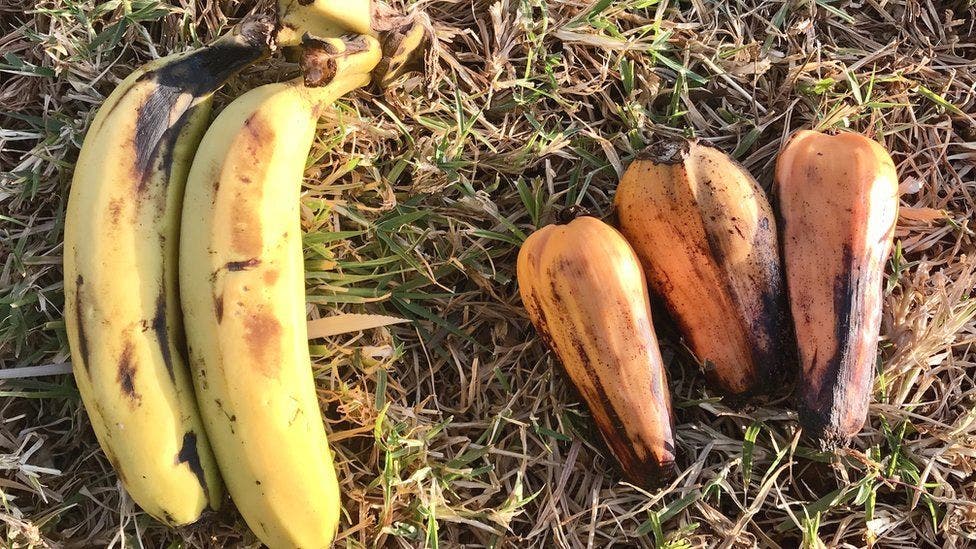
Enset is a very close relative of the banana that’s grown and consumed in some parts of Ethiopia. Outside the Horn of Africa, especially in the West, virtually no one has heard of this crop, which locals have been using for centuries to make porridge and bread. Pay attention though: enset could become a new staple across the world. Scientists claim that enset is highly resilient to climate change and could help feed more than 100 million people, boosting food security in regions where conventional crops are threatened by rising temperatures and extreme weather.
The tree against hunger
According to the Intergovernmental Panel on Climate Change, global temperature is expected to reach or exceed 1.5°C of heating, averaged over the next 20 years. As temperatures increase, crop yields for the world’s most essential crops, which provide over 66% of the calories people across the globe consume, are expected to decrease. Maize yields, for instance, could plummet by 24% as early as 2030 under a high greenhouse gas emissions scenario.
Climate change disproportionately affects sub-Saharan African countries because their economies are highly dependent on rain-fed agriculture. It is therefore likely that the agriculture sector, which provides essential food for human consumption and feed for livestock, will undergo an important transformation in order to withstand the impacts of climate change and protect the livelihoods of farmers. Such transformation may involve introducing new crops that are currently not being rotated — and this is where enset may come in.

Enset (Ensete ventricosum) is a perennial crop that fruits only once in its 10-year-long life cycle. It is known as the Ethiopian banana, Abyssinian banana, or false banana due to its morphological resemblance with the banana. The crop, which was domesticated some 8,000 years ago, is widely cultivated in the south and southwestern parts of Ethiopia, representing a traditional staple for about 20 million people. A multipurpose crop, enset is also utilized to feed animals, make clothes and mats from its fibers, and build dwellings.
However, unlike sweet bananas, which are widely farmed for their fruits, people in Ethiopia disregard the enset fruit and use its starchy stems and roots instead, from which they make porridge and bread.
There are a number of reasons why enset may boost food security. It grows over a relatively wide range of conditions, is somewhat drought-tolerant, and can be harvested at any time of the year, over several years. It provides an important dietary starch source, as well as fibers, medicines, animal fodder, roofing, and packaging. The crop also stabilizes soils and microclimates. These attractive qualities have earned it the nickname the ‘tree against hunger’.
Although enset is a hugely underrated food crop, not much research regarding its potential to feed a wider population has been conducted until recently. Dr. James Borrell, of the Royal Botanic Gardens, Kew has run agricultural surveys and modeling work to investigate what the potential range of enset could look like over the next four decades, and the findings are very encouraging.
The researchers found that the crop could feed at least 100 million people in the coming decades, boosting food security not just in Ethiopia but other vulnerable African countries, such as Kenya, Uganda, and Rwanda. Writing in the journal Environmental Research Letters, the authors believe enset could supplement our diets and offset expected yield losses of rice, wheat, and maize due to climate change.
“We need to diversify the plants we use globally as a species because all our eggs are in a very small basket at the moment,” said Dr. Borrell.









